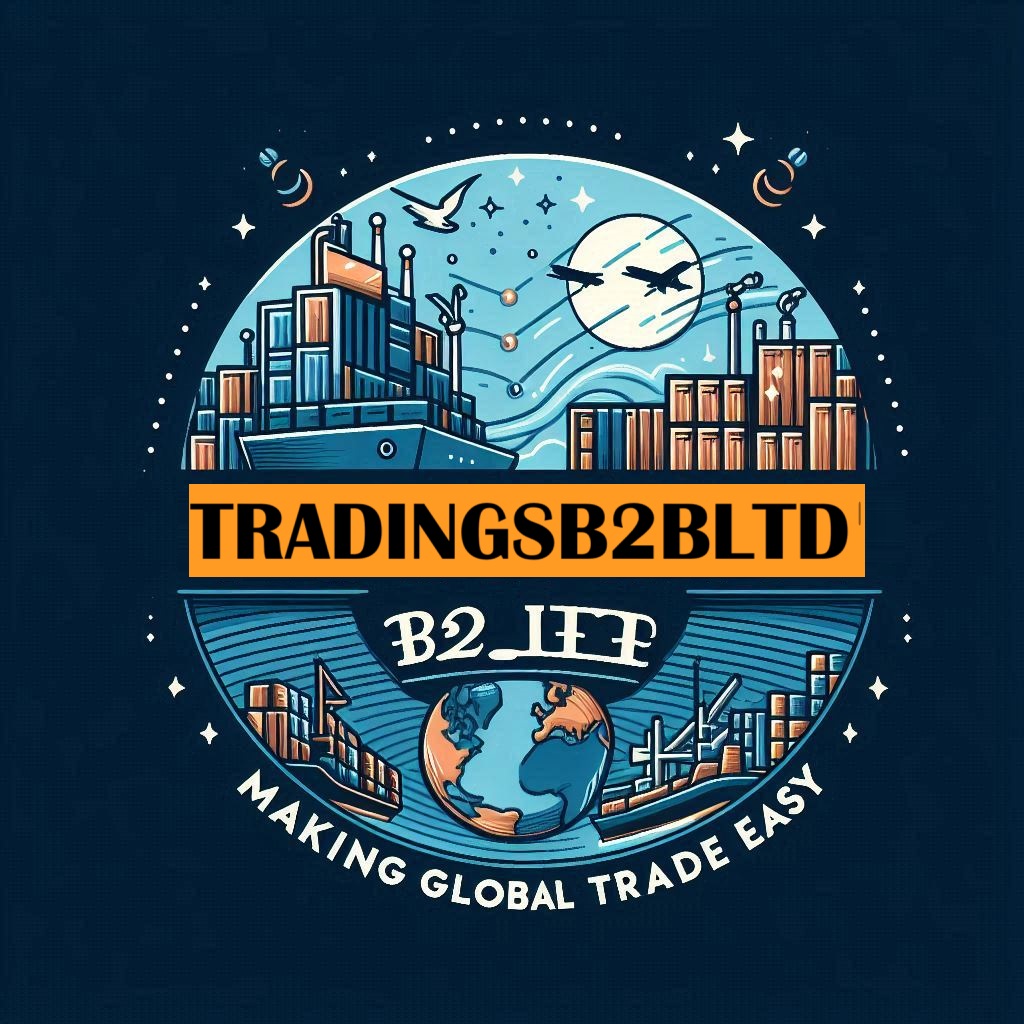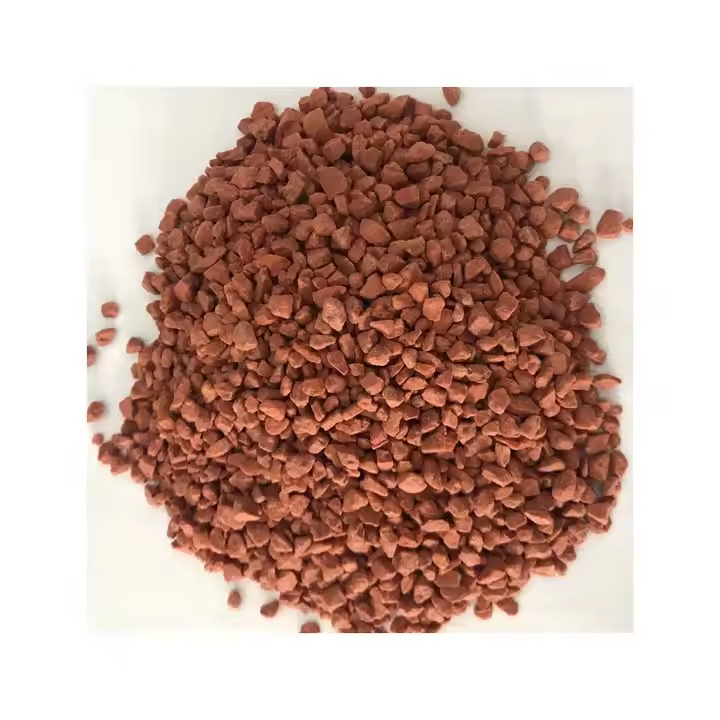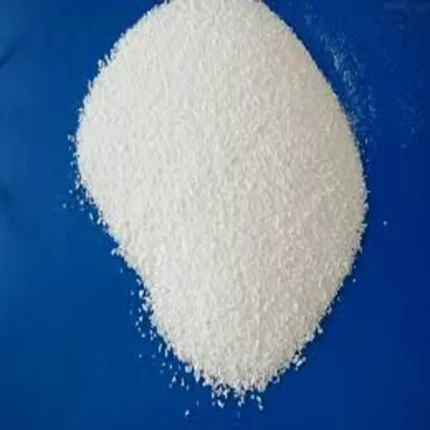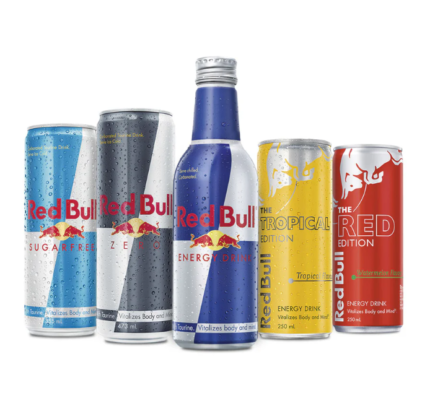Description
Potassium Chloride (Muriate of Potash – MOP): A Vital Nutrient for Global Food Security
Potassium chloride (KCl), commonly known as muriate of potash (MOP), is a critical mineral vital for plant growth and, consequently, global food security. While often overlooked, potassium plays a crucial role in numerous plant processes, and MOP serves as a primary source of this essential nutrient for agricultural applications worldwide.
The Importance of Potassium for Plant Life
Potassium is one of the three major macronutrients required by plants, alongside nitrogen and phosphorus. Unlike nitrogen and phosphorus, potassium is not a constituent of proteins, chlorophyll, or other organic compounds. Instead, it functions as a vital regulator, playing a key role in:
- Water Regulation: Potassium helps plants regulate water uptake and loss through stomata, the tiny pores on leaf surfaces. This regulation is crucial for drought tolerance and overall plant health.
- Nutrient Transport: Potassium facilitates the transport of nutrients throughout the plant, ensuring essential elements reach all parts for proper growth and development.
- Enzyme Activation: Numerous enzymes involved in key metabolic processes rely on potassium for activation, impacting processes such as photosynthesis and protein synthesis.
- Disease Resistance: Adequate potassium levels in plants can enhance their resistance to various diseases and pests, reducing the need for chemical interventions.
- Improved Crop Quality: Potassium contributes to improved fruit size, color, and sugar content, as well as enhanced fiber quality in crops like cotton.
Muriate of Potash: The Dominant Potassium Fertilizer
MOP is the most widely used potassium fertilizer globally, accounting for approximately 95% of all potash fertilizers used in agriculture. Its popularity stems from several factors:
- High Potassium Content: MOP typically contains around 60-62% potassium oxide (K2O), making it a concentrated and efficient source of potassium.
- Cost-Effectiveness: Compared to other potassium fertilizers, MOP is generally more affordable, making it accessible to farmers in diverse economic situations.
- Ease of Application: MOP is available in granular form, allowing for easy application through various methods, including broadcasting, banding, and side-dressing.
- Solubility: MOP readily dissolves in water, allowing for rapid absorption by plant roots.
Sources and Production of MOP
MOP is primarily extracted from underground potash deposits formed millions of years ago through the evaporation of ancient seas. Major potash-producing countries include Canada, Russia, Belarus, and Germany.
The production process typically involves:
- Mining: Potash deposits are mined either through conventional underground mining or solution mining.
- Beneficiation: The mined ore is processed to separate the potassium chloride from other minerals, such as sodium chloride (common salt).
- Crystallization: Potassium chloride is crystallized from the solution, purified, and dried.
- Granulation: The dried crystals are often granulated to create a uniform and easy-to-handle product.
Considerations for MOP Application
While MOP is a valuable fertilizer, responsible application is crucial to maximize its benefits and minimize potential environmental impacts. Factors to consider include:
- Soil Testing: Regularly testing soil potassium levels is essential to determine the appropriate application rate. Over-application can lead to nutrient imbalances and environmental concerns.
- Crop Needs: Different crops have varying potassium requirements. Understanding the specific needs of the crop being grown is vital for optimal fertilization.
- Soil Type: Soil type can influence potassium availability. Sandy soils may require more frequent applications than clay soils.
- Application Timing: Timing of MOP application can affect its effectiveness. Applying it before planting or during periods of active growth is generally recommended.
The Future of Potash and Food Security
As the global population continues to grow, the demand for food will inevitably increase. Efficient and sustainable agriculture is crucial to meeting this demand, and potassium fertilization will play an increasingly important role. Ongoing research and development are focused on improving potash extraction methods, optimizing application techniques, and exploring alternative sources of potassium to ensure a sustainable supply of this essential nutrient for future generations.
In conclusion, potassium chloride (MOP) remains a cornerstone of modern agriculture, providing a readily available and cost-effective source of potassium, a vital nutrient for plant growth and global food security. By understanding its importance and applying it responsibly, we can contribute to a more sustainable and secure food future.













